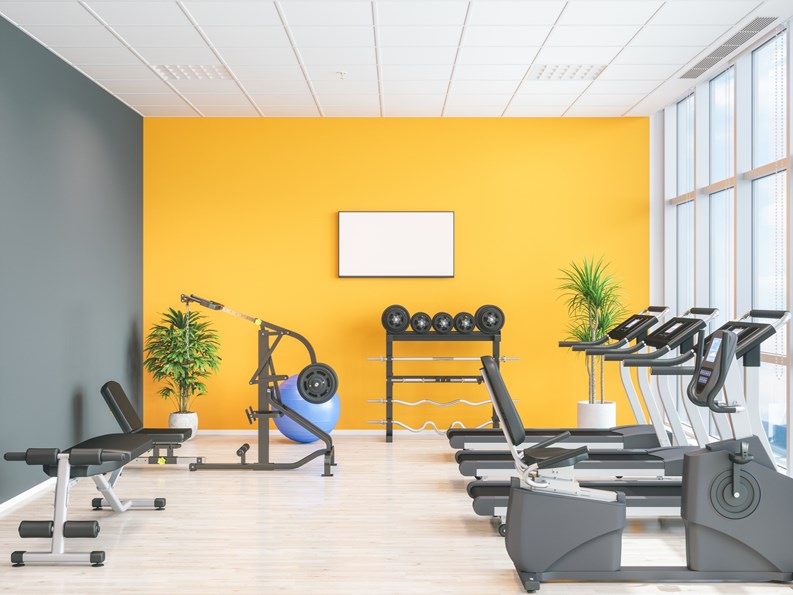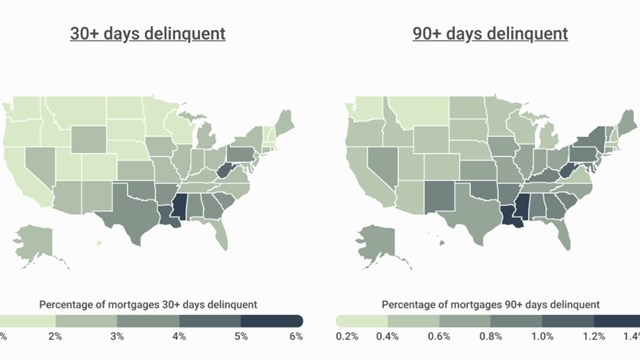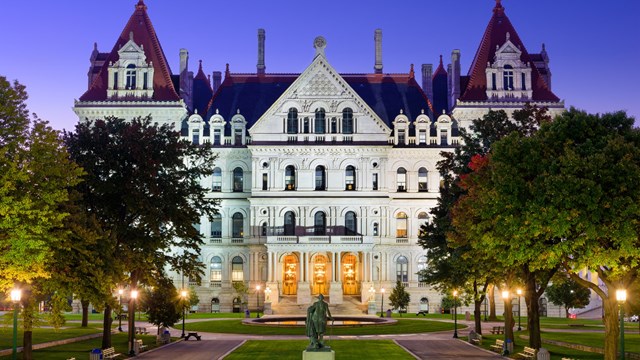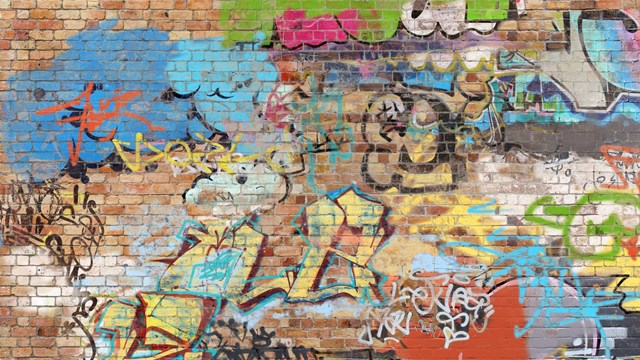The COVID-19 pandemic is a once-in-a-century event (at least we hope so!) that has changed the way we work, play and live our lives in general. For residents of co-ops, condos, and HOAs with shared amenities, or where many common areas are used for ingress, egress, and passing between spaces, consideration must be given to making these zones as safe as possible for residents without requiring a complete overhaul or renovation at costs prohibitive to the community. The challenge facing boards is to identify fixes that will minimize risk without putting the community into a financial bind at a time when many individual residents are struggling with their own money worries.
Affordable Fixes
According to Sara Ianniciello, director of design for Whitehall Interiors, a Manhattan-based interior design firm, “Some moves can be made without the cost of a total makeover, renovation, or rebuild. They include a simple paint job in a shared amenity space using antimicrobial paint, swapping out old plumbing fixtures for new ones that are touchless yet still match the interior aesthetic. Another possibility is providing visible but discreetly placed, perhaps partially concealed, cleaning product stations. Communities can also add trash bins in an integrated and neat fashion. Place them inside base cabinets and pantries. Even spreading out chairs at a communal table will help with social distancing.”
High-rise Hardware
Perhaps not surprisingly, residents and boards alike are particularly skittish about elevators when it comes to avoiding exposure to COVID-19. An MD who preferred to remain anonymous elaborated on this for The Cooperator: “The critical consideration is how contained a space is. Outside is always better than inside, relative to COVID-19 exposure,” he explains. “Elevators are of particular concern. Say someone is carrying the virus, they sneeze in the elevator, exit, and you enter immediately thereafter. The microbes may be present for some time on the surfaces of the elevator. Touching the floor buttons or walls could expose you to the virus.”
Considering the high amount of traffic in and out of elevators, and the necessity of touching surfaces in order to operate them, what possibilities are there to protect residents, especially when vertical transportation is unavoidable? The same problem exists with other doors and entry points that require residents to touch buttons and pads to gain entry.
According to Ianniciello, “An investment in retrofitting shared amenity space entry doors to have touchless keycard entries will be well worth it, and will help tenants feel safe and healthy.” If a community is going to invest funds in long-term safety measures, this may be the critical choice to make.
Shared Amenities
When it comes to amenity spaces, those perks that many residents bought in for to begin with, communities and the boards that oversee them must give serious and measured consideration to making those spaces as safe as possible. One option to keep residents happy and buildings competitive is to consider replacing indoor spaces with outdoor spaces. Specifically, options like roof decks. Ianniciello says, “The simple answer is yes, of course, if they have the option. However, creating a usable rooftop space is costly and requires many steps, from ADA compliance considerations to the weight and structure of live loads of people and parapet safety items.”
Gyms are perhaps the most popular and common of all amenity spaces -- but they also pose a more complicated problem in terms of sanitation and social distancing. Everything about the environment - enclosed space, lots of high-touch surfaces, sweat and respiratory droplets aplenty - lends itself to COVID-19 exposure. There are no quick fixes short of the obvious low-tech ones; masks, wipes, distance between workout stations and machines, and reserved scheduling. Long-term, Ianniciello notes that from a design standpoint going forward, “Enlarging residential units to accommodate personal gyms in-unit, or any other functions popular these days that people are preferring to do on their own, is a difficult ask in a costly real estate market such as New York City. That said, it may simply be necessary to meet the demands of today’s buyers.”







Comments
Leave a Comment